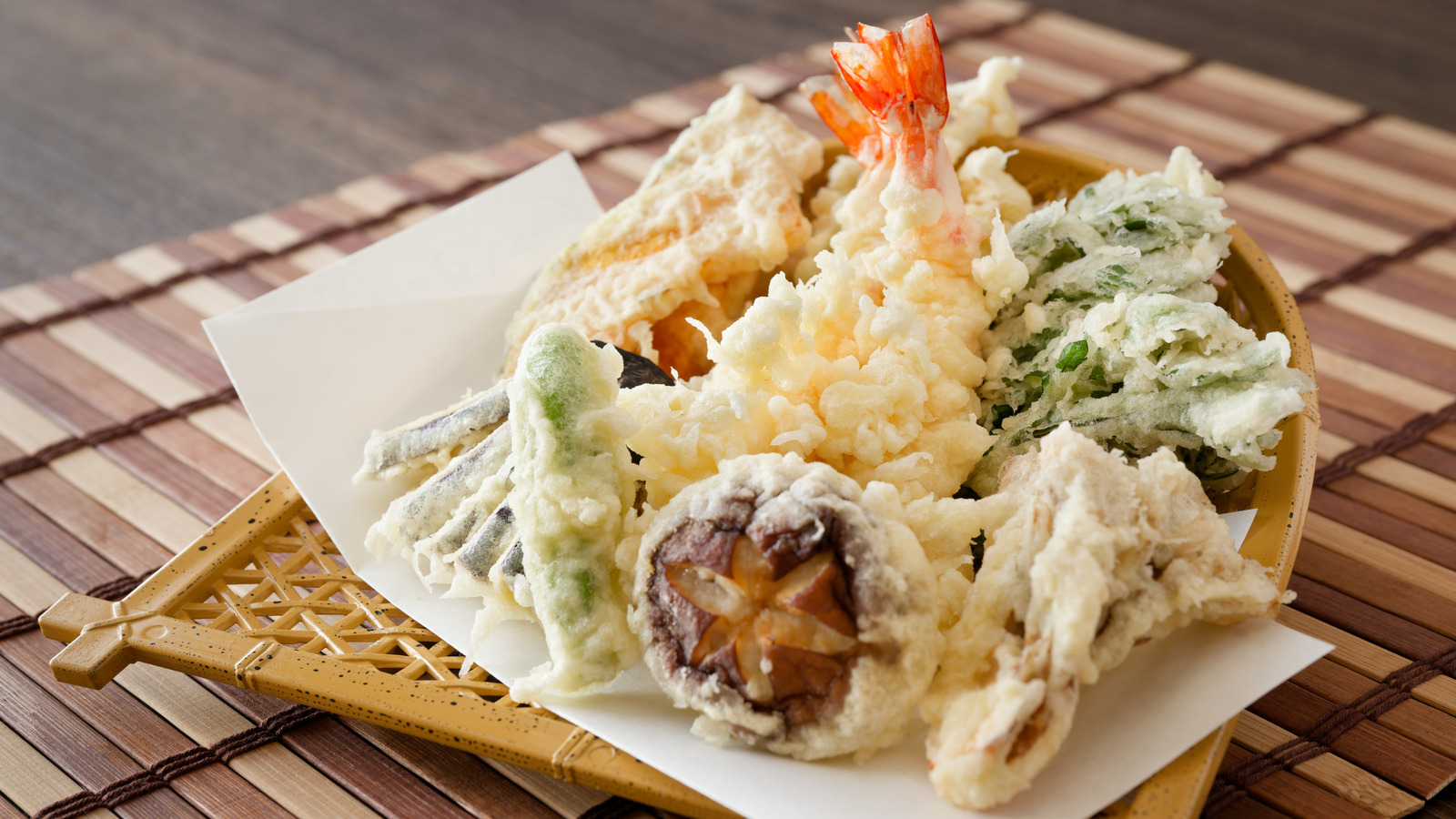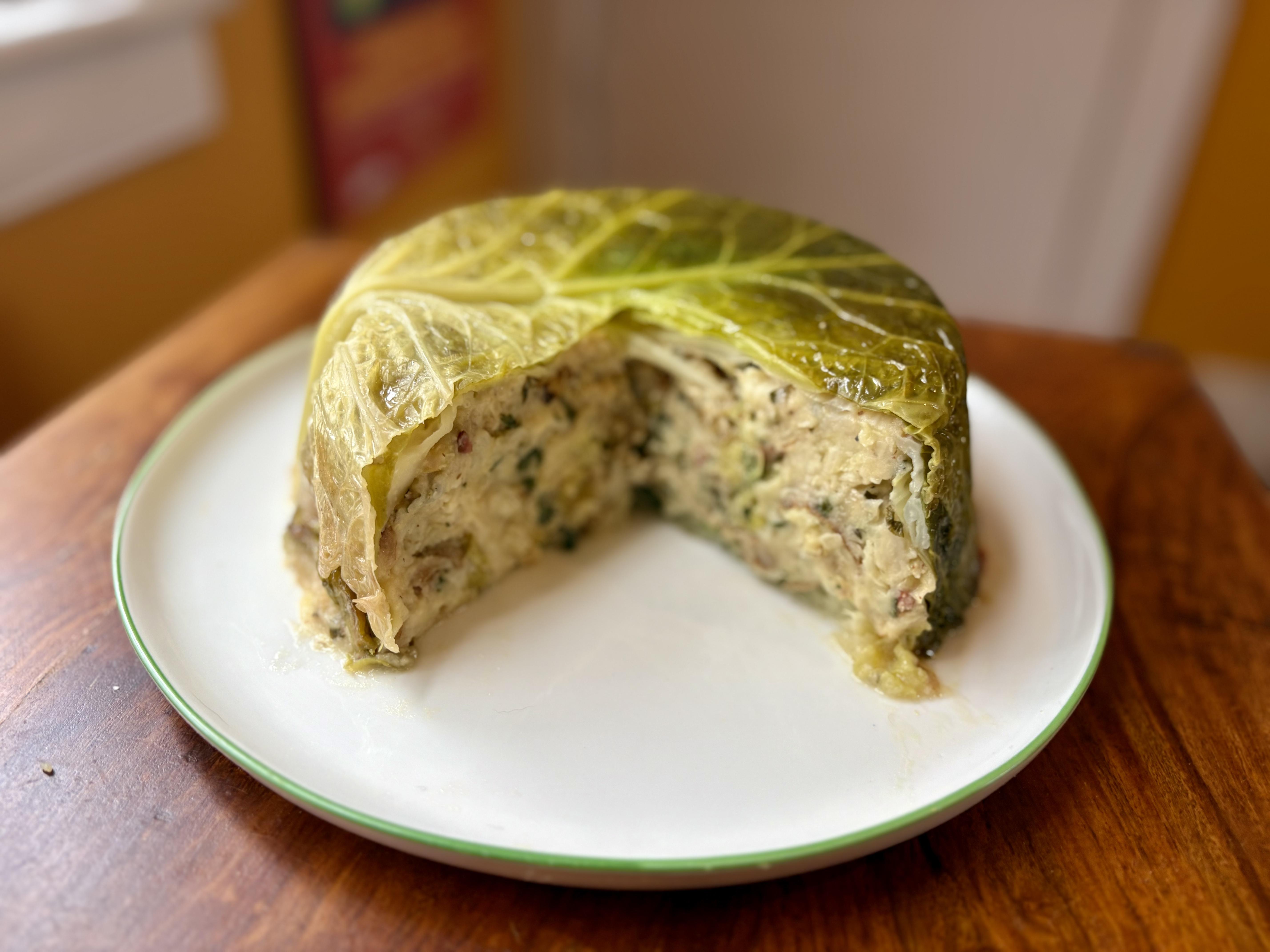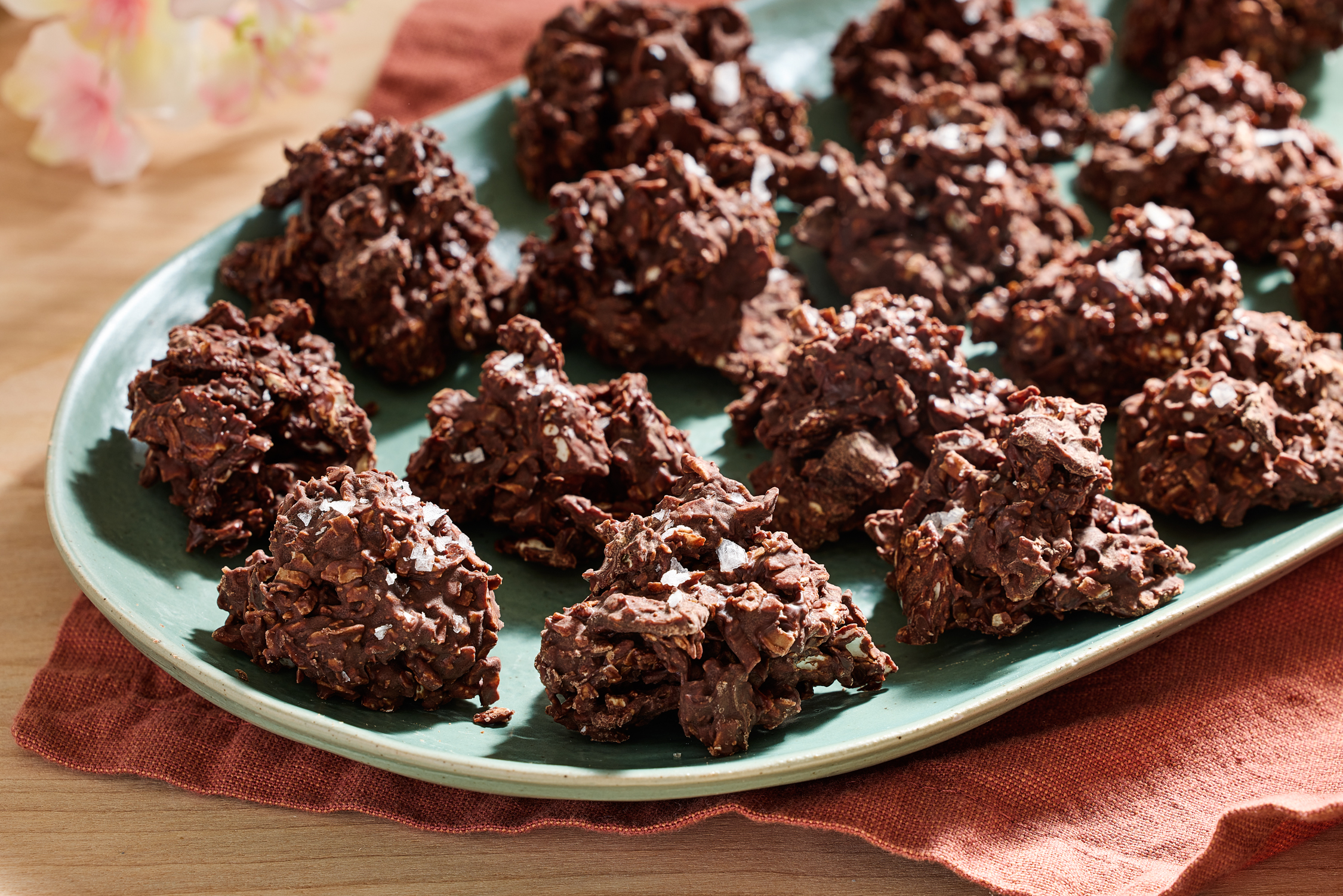Nothing beats hot, crispy tempura fresh out of the fryer. (If you don't know what tempura is, it's one of our favorites on this list of 14 fritters from around the world! ) It's a delicacy that seems so simple, but can be surprisingly difficult to make at home. Homemade versions often come out heavy, greasy, unevenly cooked, and with a patchy coating.
That's why we talked with Masaki Nishioka, head master chef at ShoMon in Seattle, about how to make restaurant-quality tempura in the comfort of your own home. His number one tip when making tempura is about the temperature. "Using cold batter is the key.

Mix the batter with ice water and stir it gently right before frying," says Masaki-san. The cold water ensures that the batter doesn't form too strong of a gluten network too fast. Using warm water would speed up the formation of strands of gluten in the batter, making the tempura batter heavy and not light and crispy.
Be gentle with the tempura batter Another important aspect to look out for is how much you stir the tempura batter. Masaki Nishioka explains that "overmixing activates gluten, making the batter heavy, so leaving some lumps is perfectly fine." Using the right low-gluten flour is crucial, as well.
"A mix of store-bought tempura flour or all-purpose flour with a small amount of potato starch creates a light, crispy texture," Masaki-san tells us. This is what makes our tempura trout on fried green tomatoes and creamed corn recipe so crispy! Masaki-san gives us one last tip on the batter: "Lightly coating the ingredients with flour before dipping them into the tempura batter helps the coating adhere better and prevents it from peeling off." This has the added benefit of absorbing a little moisture from the piece being fried, which creates a barrier so the ingredient gets steamed by its own water.
Learning to fry tempura correctly Once the batter is ready it's time to fry. First thing you want to do is make sure you have the right oil. "A blend of neutral oil (such as canola oil) with a small amount of sesame oil enhances aroma and color," says Masaki Nishioka.
Then make sure the oil temperature is just right. "Too high, and the outside burns before the inside cooks. Too low, and the tempura absorbs too much oil," Masaki-san says.
Depending on what you're frying, you want the oil to be around 320 to 356 degrees Fahrenheit. He specifies that you want "[320 degrees] for ingredients like sweet potatoes that take longer to cook and [356 degrees] for thinly sliced fish to avoid overcooking." To help maintain the right temperature he recommends frying in small batches.
"Overcrowding lowers the oil temperature, leading to greasy, soggy tempura," Masaki-san explains. Once they're ready, get that oil off your tempura! Masaki-san has some guidance for this, saying that "instead of using paper towels, let tempura drain on a wire rack to prevent it from becoming soggy, allowing it to stay crispy for longer." Now that your tempura is ready to eat and you're a tempura master it's time to learn a big secret: Tempura isn't even a Japanese invention!.
Food

The Top Tip You Can't Ignore For Takeout-Level Tempura At Home

Tempura tastes best when it's fresh from the fryer, so we asked a celebrated Japanese chef for tips on how to master this favorite yourself at home.















